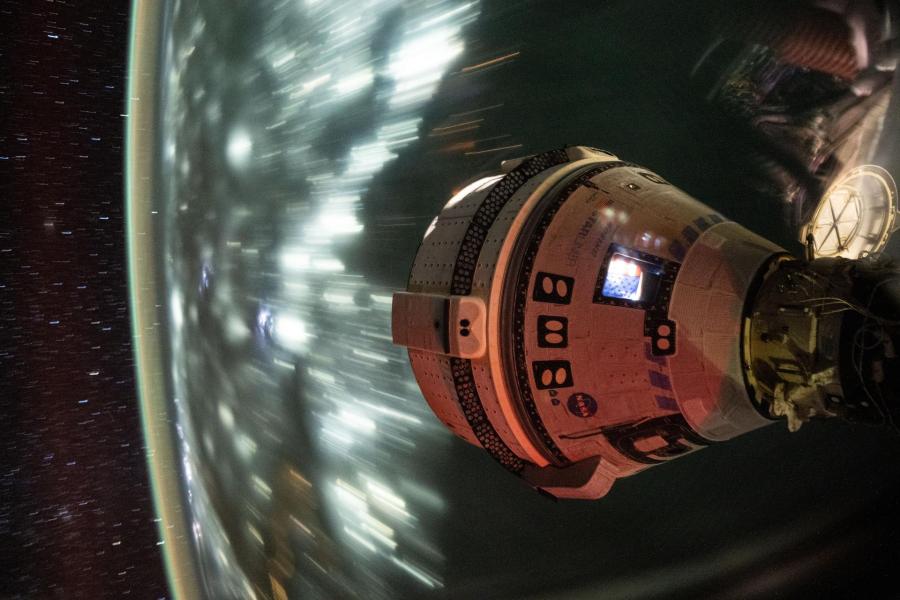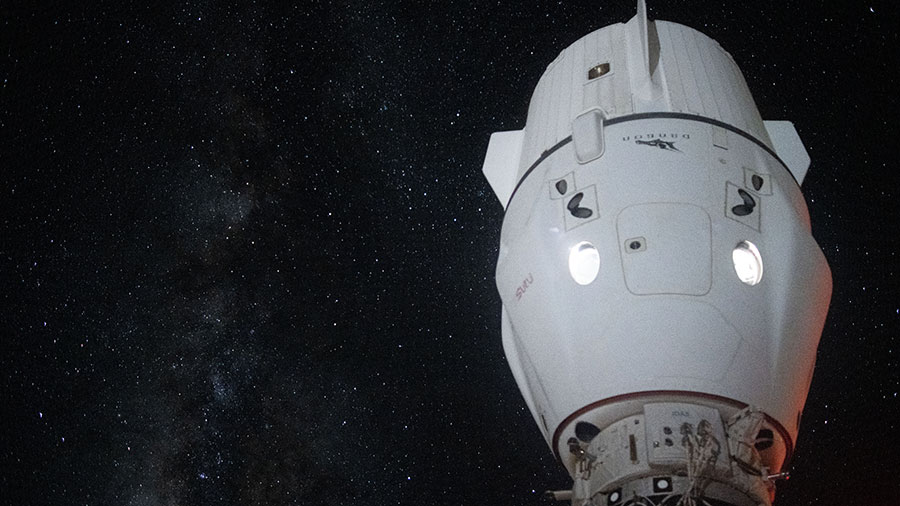Boeing CST-100 Crewed Flight Test (CFT): Today, the CFT crew assisted the ISS crew with a few payload activities and completed Onboard Training for Backup Flight Control Proficiency. Payloads: Electro-static Levitation Furnace (ELF): The ELF cartridge holder containing the latest melted sample was removed and replaced with a new sample holder and sample. The completed …






























